Energy in infant milks
The current regulations require both infant formula and follow-on formula to have an energy content of between 60kcal and 70kcal per 100ml. This is based on the energy content of breastmilk, which has been reported to fall within this range (Butte et al, 2001, Wojcik et al 2009; Public Health England, 2014). Because the energy content of human milk changes within each breastfeed with variations in fat content as the feed progresses, reported energy values for human milk can only ever be used as a guide. It is thought that this important difference between infant formula and breastmilk contributes to the differences in growth patterns of formula-fed and breastfed infants, with the former growing faster in the first year of life (Hörnell et al, 2013, Oddy et al, 2006). Faster growth in the first year of life has been associated with a risk of later obesity (Baird et al, 2005; Monteiro and Victoria, 2005). In its recent opinion on the essential composition of infant and follow-on formulae, EFSA (2014) stated clearly that: “Infant formula cannot imitate breastmilk with respect to its energy and protein content.” As both infant formula and follow-on formula are used as breastmilk substitutes in the first year of life, the recommended energy content of both types of milk is the same (between 60kcal and 70kcal/100ml). EFSA, 2014 suggest that milk should be designed towards the lower end of this range provided infants are fed ‘on demand’. The regulations specify that infant and follow-on formula milks marketed as foods for special medical purposes (FSMP) should provide the same energy as standard infant and follow-on formula milks.
References
Baird J, Fisher D, Lucas P, et al (2005). Being big or growing fast: systematic review of size and growth in infancy and later obesity. British Medical Journal, 331, 929-931. Butte NF, Wong WW, Hopkinson JM (2001). Energy requirements of lactating women derived from doubly labelled water and milk energy output. Journal of Nutrition, 131, 53-58. Hörnell A, Lagström H, Lande B, Theosdottir I (2013). Protein intake from 0-18 years of age and its relation to health: a systematic literature review for the 5th Nordic Nutrition Recommendations. Food and Nutrition Research. 57. Koletzko B, Koletzko S, Ruemmele F (2009). Drivers of Innovation in Pediatric Nutrition. Nestlé Nutrition Institute. Monteiro PO, Victoria CG (2005). Rapid growth in infancy and childhood obesity in later life – a systematic review. Obesity Reviews, 6, 143-154. Oddy WH, Binns CW, Scott JA, Graham KI (2006) Breastfeeding influences on growth and health at one year of age. Breastfeeding Review, 14, 15-23 Public Health England (2014). The Composition of Foods. 7th summary edition. London: Public Health England. Wojcik KY, Rechtman DJ, Lee ML, et al (2009). Macronutrient analysis of a nationwide sample of donor breastmilk. Journal of the American Dietetic Association, 109, 137-140.
